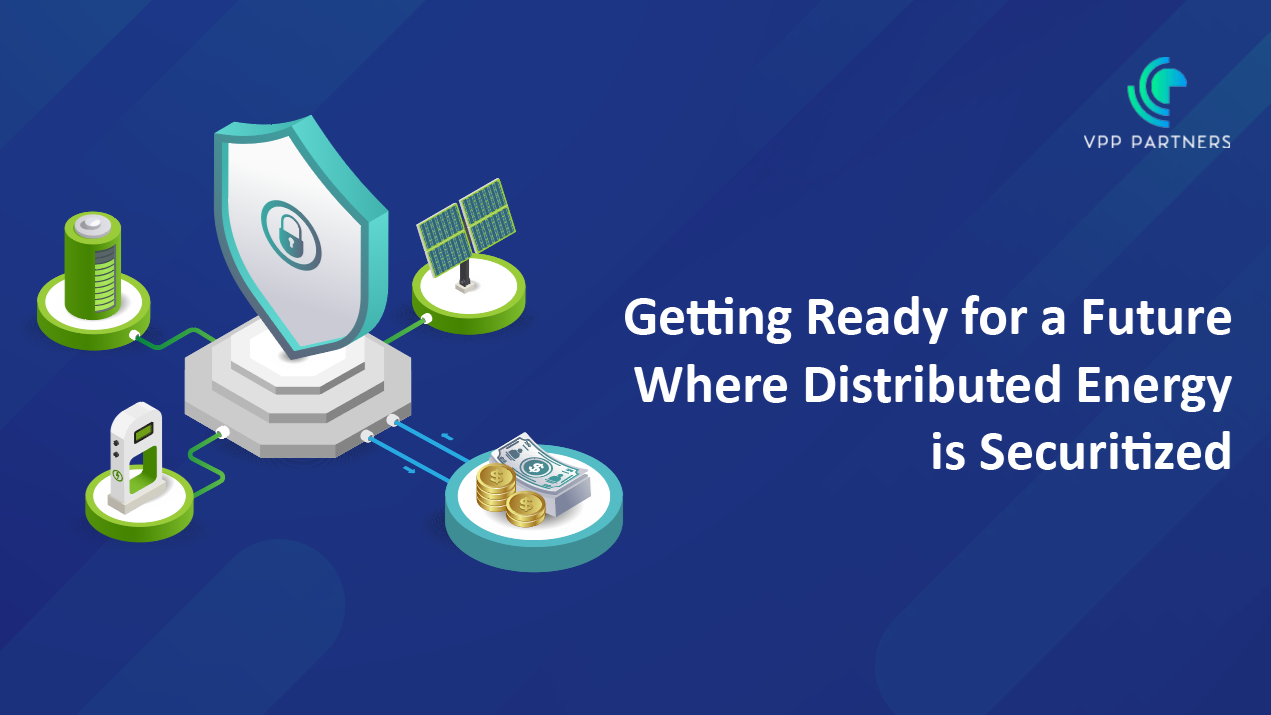Blog
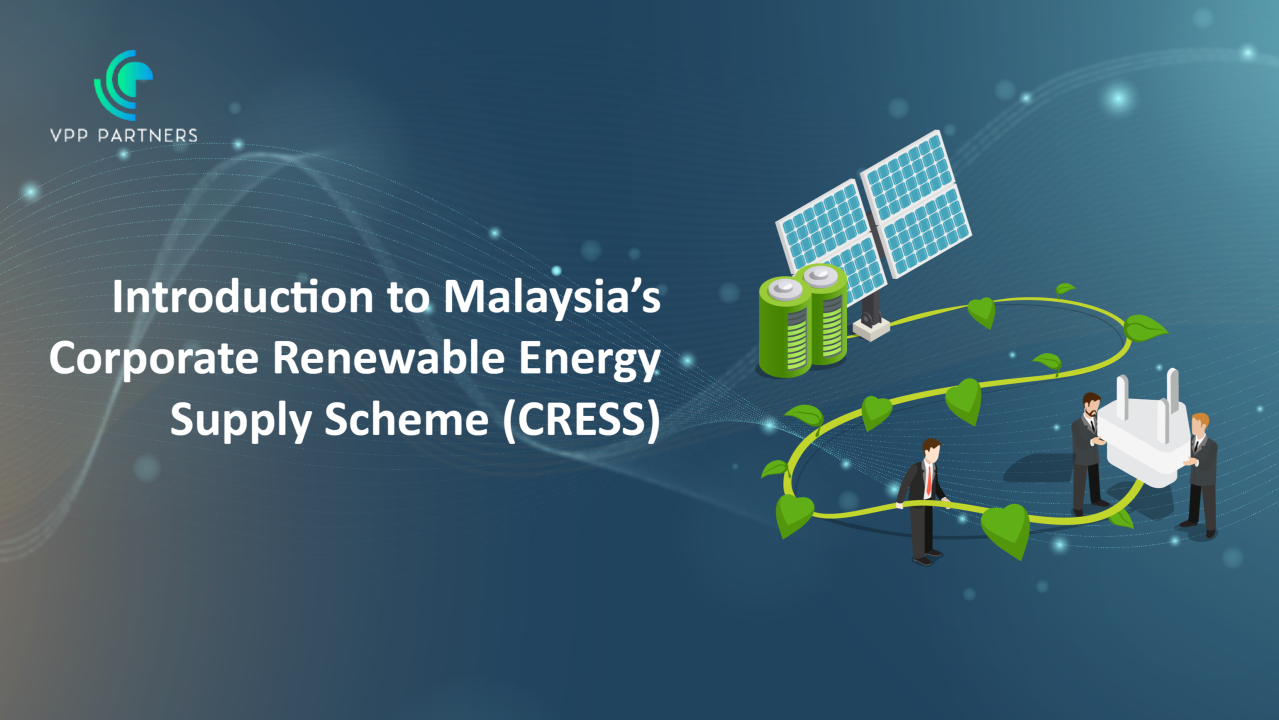
October 4, 2024
Introducing Malaysia’s Corporate Renewable Energy Supply Scheme (CRESS) Malaysia is taking a significant step towards a greener future with the planned launch of the Corporate Renewable Energy Supply Scheme (CRESS) this September. This initiative, part of the GREENS MADANI Initiative, aims to enhance corporate access to green electricity and support the country’s energy transition goals. What is CRESS? CRESS is a framework designed to allow renewable energy producers and corporate consumers to arrange green electricity supplies through an open grid access model. This means third parties can supply or acquire electricity via the grid network system with a predetermined system access charge. Framework and Parties Involved Under CRESS, renewable energy producers and eligible corporate entities can negotiate and agree on terms for green electricity supply. The Energy Commission will regulate the program, while the Single Buyer (SB) and Grid System Operator (GSO) will manage market and system operations. Tenaga Nasional Berhad (TNB) will continue as the electricity utility supplier, ensuring consistent delivery of electricity.
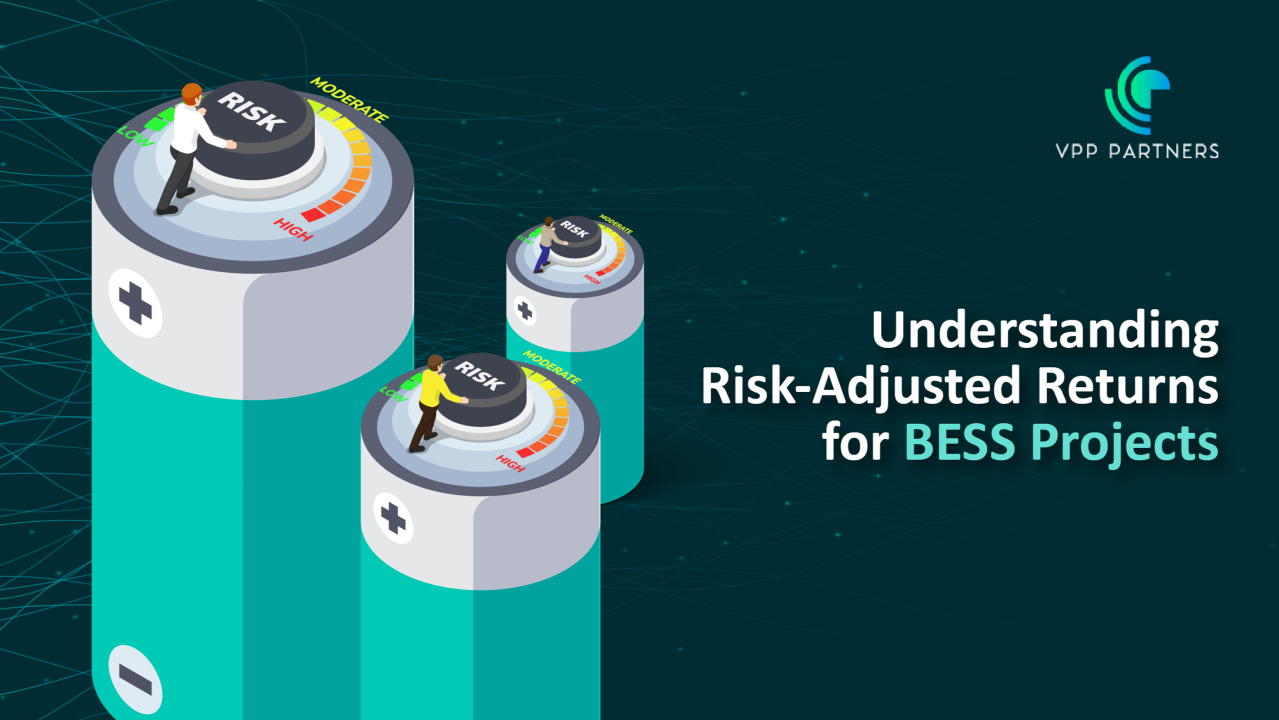
October 4, 2024
To unlock the full potential of the growing Battery Energy Storage System (BESS) market, it's crucial to correctly assess returns to attract more investment in sustainable energy projects. With the rapid evolution of energy technologies and market dynamics, investors and developers alike face challenges in evaluating risk-adjusted returns, which are essential for securing funding and ensuring the financial success of these ventures. Without accurate and comprehensive assessments, projects risk being underfunded or failing to achieve their intended outcomes, stalling progress in the clean energy transition. Risk-adjusted returns for Battery Energy Storage System (BESS) projects measure the profitability of the investment while accounting for the risks involved. This is crucial because BESS projects can have significant financial and operational risks, such as technology failures, regulatory changes, and market volatility. Key Factors in Risk-Adjusted Returns for BESS Projects Revenue Streams : BESS projects can generate revenue through various means, including energy arbitrage, frequency regulation, and capacity payments. Each revenue stream has its own risk profile. Cost Considerations : Initial capital costs, operational and maintenance costs, and potential costs related to technology failures or safety incidents must be factored in. Market Risks : Fluctuations in energy prices, changes in regulatory policies, and competition from other energy sources can impact returns. Technological Risks : The reliability and lifespan of the battery technology used can affect the project’s financial performance. Incidents like thermal runaways or other failures can lead to significant losses. Financial Metrics : Common metrics used to assess risk-adjusted returns include the Sharpe ratio, which measures the excess return per unit of risk, and the Sortino ratio, which focuses on downside risk. A thorough project-level analysis is essential to accurately assess the financial viability of a BESS project. This includes evaluating technical merits, market conditions, and potential risks to optimise returns and ensure long-term success. How We Can Help At VPP Partners, we specialise in helping companies identify and quantify the risks associated with BESS projects. Our structured approach ensures that all potential risks are thoroughly assessed and managed. Here’s how we can assist: Risk Mapping : Mapping your opportunity against your risk appetite and risk tolerances. Initial Assessment : We conduct preliminary meetings to understand your project’s scope, goals, and context. Risk Identification : Using techniques like brainstorming sessions and expert interviews, we identify risks related to technology, market, finance, and operations. Risk Analysis : We perform qualitative and quantitative risk analysis using tools like Failure Mode and Effects Analysis (FMEA) and decision tree analysis. Risk Quantification : We use statistical models and financial metrics to estimate the cost implications of risks. Risk Mitigation Planning : We develop strategies to mitigate identified risks, including preventive measures, contingency plans, and insurance options. Risk Tracking & Governance : Develop value at risk tracking and controls to ensure operations can be adapted as markets and technology changes. Implementation and Monitoring : We help implement risk mitigation strategies and monitor their effectiveness, ensuring your project stays on track. Reporting and Communication : We prepare regular reports and conduct meetings to keep stakeholders informed about risk management activities and outcomes. By partnering with us, you can ensure that your BESS projects are not only profitable but also resilient to the various risks they may face. Contact us today to learn more about how we can support your energy storage initiatives.
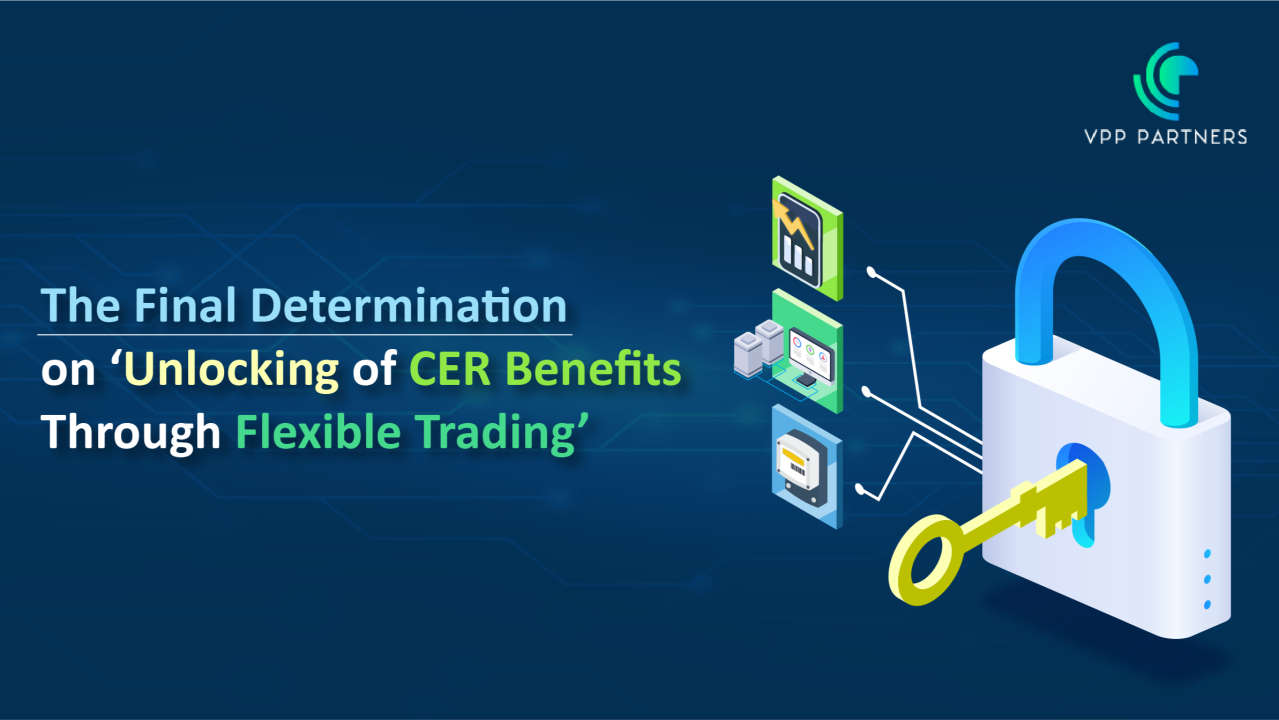
October 4, 2024
In a previous article , we had covered the what the ‘DRAFT National Electricity Amendment (Unlocking CER benefits through flexible trading) Rule 2024’ was proposing, as the final determination was made on the 15th of August, we have decided to revisit the topic and point out any differences to the draft and the proposed timeline of implementation. The proposed live date for what the new rule is proposing is the 2nd November 2026. What are the differences between the final determination and the draft? A few changes and clarifications have been made between the two documents, some of which are from stakeholder feedback, these include: NMI Service Provider Role : Initially, DNSPs were proposed to establish and maintain NMIs. The final determination assigns this role to a new accredited NMI service provider, reducing costs and implementation time. This role is equivalent to an embedded network manager role and would be provided to a contestable party. Large Customer Eligibility: The final rules clarify that large customers can aggregate loads across multiple sites to meet the threshold for flexible trading, which was not explicitly detailed in the draft. De-energisation Rules: The final determination prohibits separate de-energisation of secondary settlement points (SSPs – Secondary Settlement Points) to protect vulnerable consumers, a change from the draft rules. Technical Requirements: Stakeholders provided feedback on metering requirements, such as the need for meters to have alternative data access methods (e.g., smartphone apps) and concerns about flow limits and accuracy. The final determination retains the draft position but incorporates stakeholder feedback to ensure practical implementation this includes ensuring that meters are accurate and capable of handling the required flow limits without compromising performance. Market Participant Roles : Stakeholders expressed concerns about the complexities of compliance with dynamic operating envelopes and the allocation of tariffs. The final determination addresses these concerns by outlining clear roles and responsibilities for market participants. Timeline of Implementation As this is a fairly big change, there will be different stages of implementation, as such, we have provided a timeline of events below. Please note that the timeline in the ‘Final Determination’ is still a draft and will have to be finalised by the 30th September 2025. Please note that the ‘Final determination’ was a month late, so it is likely the below will be delayed. 15th August 2024 : Final determination made. 29th August 2024 : removal of the requirement for meters to have a visible display (to accommodate in-built meters with displays on an app). 30th September 2025: AEMO guideline and procedure changes. 31st May 2026: arrangements related to type 9 metering. 1st November 2026: arrangements related to meter types 8A and 8B, SSPs, and changes to the NERR and retail contracts (the live date).
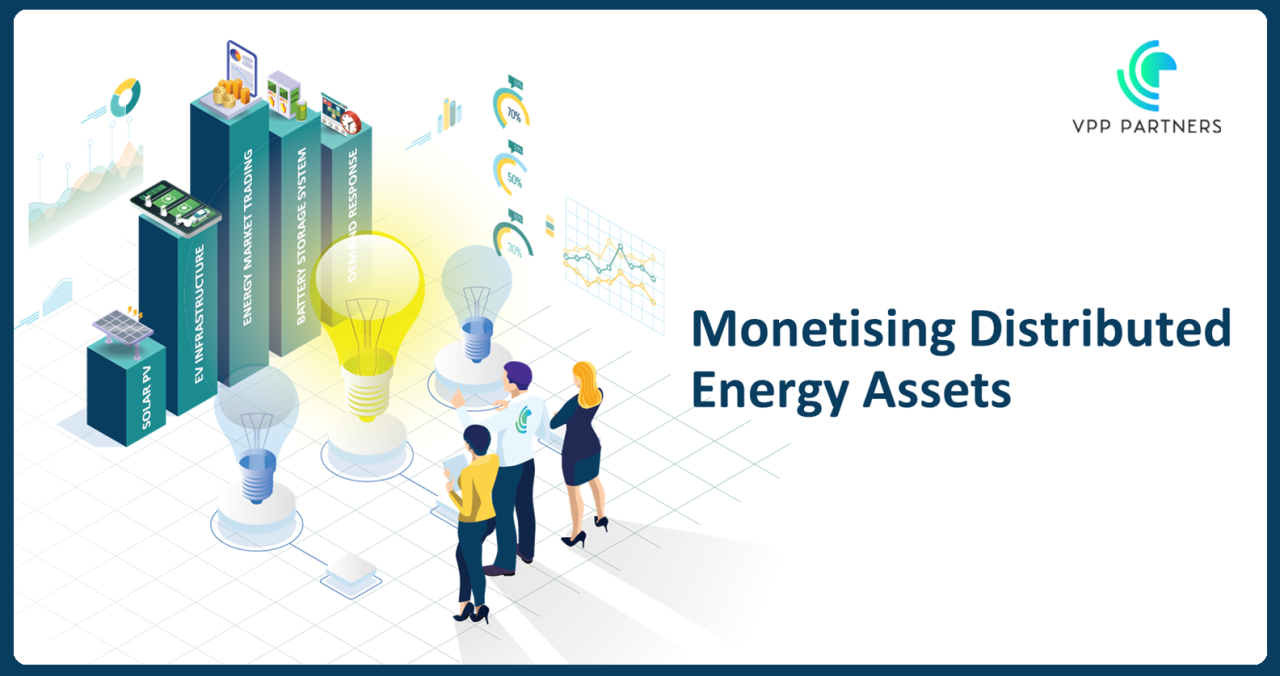
October 4, 2024
Traditionally, the focus has been on extracting value from physical assets—whether it’s demand response or PV, batteries, or increasingly EV infrastructure. However, as the sector evolves, we’re witnessing a shift toward more sophisticated approaches. Beyond Simple Value Stacks : While value stacking (leveraging multiple revenue streams from a single asset) remains relevant, forward-thinking industry players are exploring novel ways to monetise assets. For instance, aggregating and integrating distributed energy resources (DERs) into virtual power plants (VPPs) which are operated in parallel to traditional generation allows for more efficient utilisation and revenue generation compares to spot market optimisation. Decentralisation and Democratisation of Energy : The decentralisation of energy production—where smaller-scale assets contribute significantly to the overall energy mix—is a hallmark of the distributed energy sector. This democratisation empowers consumers, enabling them to become prosumers (both producers and consumers). As a result, we’re seeing community solar projects, peer-to-peer energy trading platforms, and innovation retail energy products. These trends challenge the traditional centralised utility model. Securitisation: A Complex Challenge Securitisation involves bundling and transforming illiquid assets (like DER portfolios) into tradable securities. While it’s common in other sectors (such as mortgages), applying it to DERs presents unique challenges: Diverse Consumer Needs : DER portfolios consist of various technologies with a multitude of suppliers and serve diverse consumers—residential, commercial, industrial. Each consumer has distinct energy needs, usage patterns, and risk profiles. Creating standardised securities that cater to this diversity is complex. Technology Heterogeneity : DERs use different hardware, communication protocols, and control systems. Unlike a uniform pool of mortgages, DERs lack homogeneity. This heterogeneity affects securitisation feasibility and valuation. Regulatory Uncertainty : Regulatory frameworks for DER securitisation are still evolving. Clear guidelines are essential to ensure investor confidence and liquidity in these markets. The Bi-Directional Energy System As we move toward bidirectional energy flows (where consumers can both buy and sell energy), securitisation becomes a linchpin to enable: Risk Mitigation : Investors can assess and manage risks associated with DER portfolios more effectively. Capital Access : Securitisation attracts capital from institutional investors, making it easier to fund DER projects. Market Liquidity : Tradable securities enhance liquidity, allowing for efficient buying and selling of energy assets. Achieving success in a decentralized and diverse DER landscape requires collaboration among utilities, regulators, investors, and technology providers, backed by robust data to understand the dynamics. Over the past 18 months, we’ve teamed up with industry innovators to value, buy, and sell securitised assets and offtake agreements. Let’s shape the future of energy together. Reach out to explore how we can collaborate and unlock the full potential of distributed energy resources for sustainable growth.
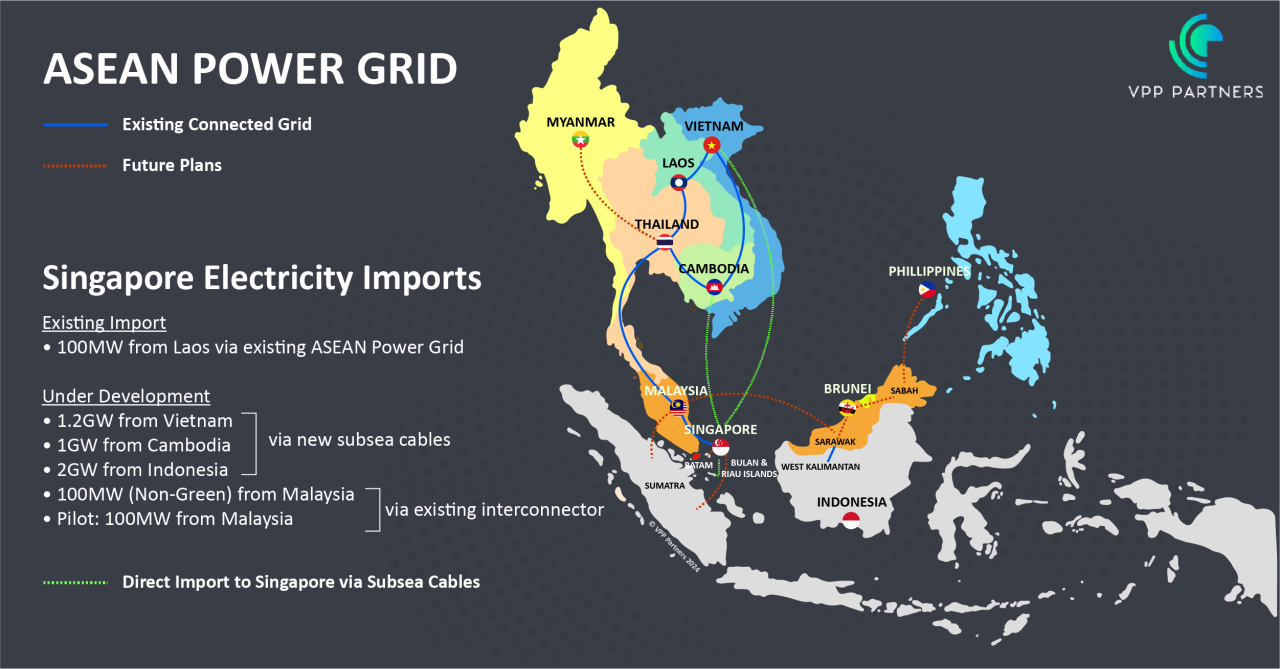
October 4, 2024
Exploring the Potential of Cross-Border Energy Trading and the ASEAN Power Grid In the quest for sustainable and cost-effective energy solutions, the concept of an interconnected ASEAN Power Grid has emerged as a promising strategy. This ambitious initiative aims to link the energy networks of various ASEAN countries, facilitating cross-border energy trading and unlocking a multitude of benefits for the region. Strategic Importance of an ASEAN Power Grid The strategic importance of an ASEAN Power Grid cannot be overstated. By interconnecting the energy infrastructures of nations across Southeast Asia, this grid would enable seamless cross-border energy flows. Such connectivity could bolster energy security, diversify energy sources, and enhance resilience against supply disruptions. Recently, Malaysia made headlines with its energy sector tender, which, while initially appearing unattractive to investors restricted to only retailers and generators, signifies a critical test bed for market entry. This initiative highlights the early stages of cross-border energy trade developments, underscoring the potential for growth and innovation in the region. Cost Reduction for Net Zero Emissions Studies suggest that an ASEAN Power Grid could play a pivotal role in reducing costs associated with achieving net-zero emissions. By optimising the utilisation of renewable resources across different time zones and geographic regions, surplus energy could be efficiently distributed, reducing the need for costly backup infrastructure and storage technologies. Promoting Sustainable Energy Development In Southeast Asia, where energy demand is rapidly growing, sustainable energy development is imperative. The ASEAN Power Grid could accelerate the adoption of renewable energy sources by creating a broader market for clean power. This, in turn, could drive investment in renewable infrastructure and technologies, fostering economic growth while mitigating environmental impacts. Economic and Environmental Benefits The economic advantages of a robust cross-border energy trading system are substantial. Enhanced market integration would promote competition, leading to lower energy prices and improved efficiency. Moreover, the environmental benefits of reduced carbon emissions and optimised resource utilisation align with global efforts to combat climate change. VPP Partners believes that the vision of an interconnected ASEAN Power Grid holds tremendous promise for the region. While challenges persist, recent initiatives like the Malaysian tender serve as crucial stepping stones toward realizing this vision. By leveraging cross-border energy trading, Southeast Asia can chart a course toward sustainable energy development, economic prosperity, and environmental stewardship.

October 3, 2024
With the recent draft announcement of the AEMC’s ‘Unlocking CER benefits through flexible trading rules’; we have seen a lot of debate around what this means and how it will impact energy users. Below, we have unpacked some of the more common questions we are seeing around the rule change. What is the ‘Unlocking CER benefits through flexible trading rules’ draft determination? On February 29, 2024, the Australian Energy Market Commission (AEMC) made a draft determination for preferable electricity and retail rules (draft rules) aimed at unlocking benefits through flexible trading of Consumer Energy Resources (CER). This rule change seeks to improve flexibility and trading of consumers’ energy resources to unlock value for consumers. The premise behind this rule change is that consumers can potentially unlock greater value from their CER by separating inflexible loads from flexible loads and generation across multiple financially responsible market participants (FRMPs). These FRMPs could be retailers, aggregators, or other innovative service providers. Compensation for providing network support services from flexible loads and greater participation in current and emerging energy markets are also part of the objectives. How the CER flexible trading arrangements could benefit you as a large customer? The draft ruling simplifies flexible trading arrangements for large customers, it aims to achieve this by simplifying participation requirements and eliminating the need for embedded networks which is currently needed when there is more than one FRMP for a site. Simplified Participation: Previously, customers often navigated complex setups, such as embedded networks or dual connection points, to enable CER participation in the wholesale market. However, this approach deviated from the intended system design. Elimination of Embedded Network Requirement: The updated rules eliminate the need for customers to establish an embedded network solely for obtaining a second National Meter Identifier (NMI). Instead, a secondary settlement point is now available, streamlining engagement with Financially Responsible Market Participants (FRMPs). Responsibility & Tariffs: Distribution Network Service Providers (DNSPs) take charge of maintaining secondary NMIs. Additionally, primary FRMPs bear the distribution network tariff (we feel this needs further exploration as there may be unintended consequences).

October 3, 2024
As the global shift towards sustainable energy gains momentum, solar power emerges as a beacon of promise. Yet, amidst the push for renewable solutions, a crucial dynamic often overlooked is the delicate balance between solar project developers and investors. In this article, we delve into the intricacies of solar energy investments, shedding light on the potential conflicts between developers and investors, and the path to harmonious collaboration. The Developer's Dilemma At the heart of solar project development lie Engineering, Procurement, and Construction (EPC) companies, entrusted with the task of bringing these initiatives to fruition. However, their inherent goal of maximising profits can sometimes clash with the interests of investors. Challenges Faced by Developers 1. Maximising Project Revenue : EPCs may tend to oversize solar systems to enhance project revenue, leading to higher upfront costs for investors. 2. Ensuring System Performance : Balancing system design with performance guarantees can be a tightrope walk, with the risk of overpromising and underdelivering. 3. Grid Export Dynamics : The fluctuating nature of grid export policies and pricing adds another layer of complexity, impacting both project viability and investor returns. The Investor's Perspective Investors, on the other hand, are driven by the pursuit of optimal returns on their capital. However, conflicting objectives and uncertainties in project execution pose significant risks that cannot be overlooked. Concerns Faced by Investors 1. Return on Investment (ROI) : Oversized systems can dilute ROI by extending payback periods, affecting the overall profitability of the investment. 2. Performance Assurances : Investors rely on contractual agreements to safeguard their interests, necessitating stringent performance guarantees from developers. 3. Regulatory Risks : Evolving regulatory landscapes and grid policies introduce regulatory risks, potentially impacting the financial viability of solar projects. Amidst these challenges, the key to unlocking the full potential of solar lies in fostering collaboration between developers and investors. Embracing a Shared Vision Transparent communication, performance-based contracts, and staying abreast of regulatory changes and market dynamics are essential for aligning objectives and fostering a shared vision of sustainability. Open channels of communication between developers and investors are essential to mitigate risks effectively, providing investors with assurances and developers with incentives for excellence. The journey towards sustainable solar energy adoption demands a collective commitment from developers and investors alike. By navigating the complexities of solar investments with transparency, accountability, and a shared vision of sustainability, we can pave the way for a brighter, greener future. As we embark on this journey, let us remember that true progress is not measured solely by financial gains but by the positive impact we leave on our planet and future generations.

